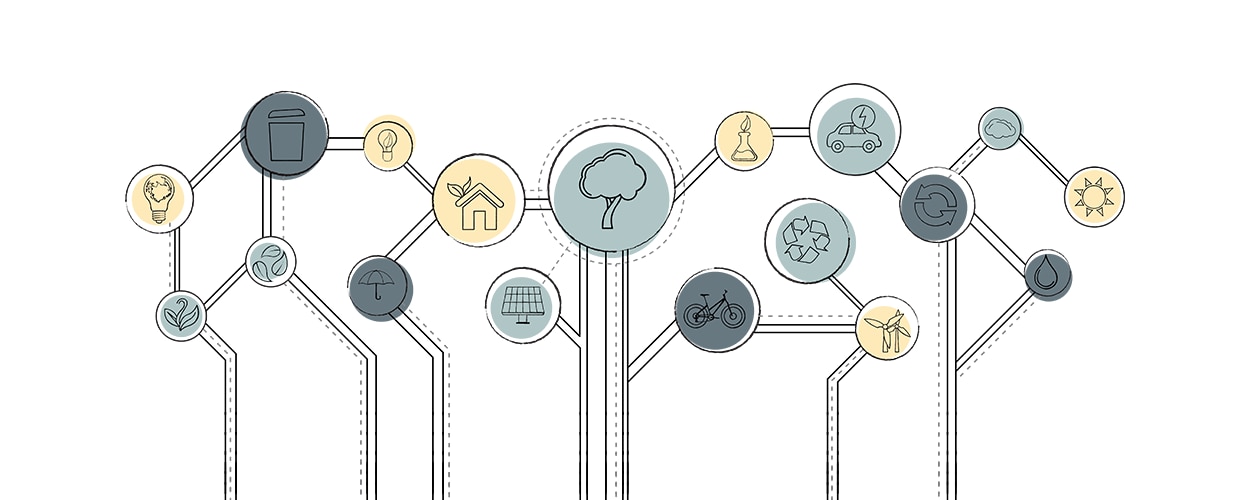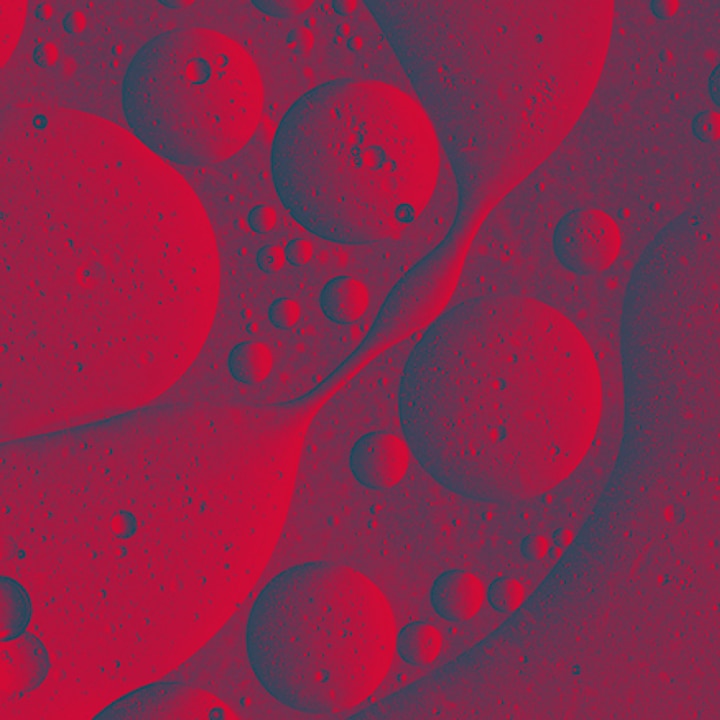Dow has outlined a clear path to decarbonize our manufacturing facilities while growing and delivering low-emissions products to customers. Dow’s Fort Saskatchewan Path2Zero expansion project will create the world’s first net-zero emissions integrated ethylene cracker and derivatives site with respect to scope 1 and 2 emissions.

Fort Saskatchewan Path2Zero

About the Project
Are you ready for what’s next?
Join #TeamDow in Canada!

If you haven't found a suitable role, feel free to share your contact information and resume with us. We'll keep your details on file and reach out to you when future opportunities align with your skills and interests
This project will:
- Include a brownfield expansion and retrofit of Dow’s existing manufacturing site in Fort Saskatchewan.
- Decarbonize approximately 20 percent of Dow’s global ethylene capacity while growing polyethylene supply by about 15 percent.
- Triple Dow’s ethylene and polyethylene capacity from the site, while retrofitting the site’s existing assets to net-zero carbon emissions.
- Add approximately 1.8 million metric tonnes of ethylene capacity in a phased manner through 2030.
- Create approximately 4,500-5,500 jobs during peak construction and approximately 400-500 full-time jobs once operational.
- Produce and supply approximately 3.2 million metric tonnes of certified low- to zero-carbon emissions polyethylene and ethylene derivatives for customers and joint venture partners around the globe.
- Build on Dow’s strong leadership position and allow us to meet the increasing needs of customers and brand owners seeking to lower the carbon footprint of their products.
- Build upon the progress Dow has already made by reducing net annual carbon emissions by an additional 15 percent, and net annual carbon emissions by approximately 30 percent by 2030 (since 2005).
- Highlight Alberta’s growing global leadership in emissions-reducing technology like carbon capture utilization and storage.
Dow evaluates innovative post-combustion capture technologies in pursuit of decarbonizing the site's ethylene and polyethylene production.
Project Components
The Fort Saskatchewan Path2Zero expansion project will consist of:
- An ethylene cracker with innovative carbon capture technologies
- Expanded polyethylene production
- Power & steam cogeneration
- Carbon sequestration (off-site)
- Site infrastructure upgrades including roads, rail and utilities
- Control centers with office, storage, and maintenance facilities
- Design consistent with world-class engineering and safety practices
- Emergency response plans consistent with Dow, and industry, procedures and standards
- Continuous monitoring with 24/7 staffed operations
Proposed low-carbon cogeneration & integrated post-combustion carbon capture project

Supplier Information
Dow bases its relationships with suppliers on how well the supplier meets existing needs and how well they can fulfill future strategic goals.
Dow will conduct business with suppliers who are globally competitive and who will provide the lowest long-term cost of ownership. Dow is dedicated to working closely with local suppliers to implement our strategic purchasing requirements. Dow will help local suppliers to understand the needs and the potential actions for their businesses which will help them to be competitive.
Supplier Criteria
- Demonstrate a commitment to reliable, high-quality supply relationships
- Have the capability to provide unique solutions, services and raw materials to support innovation
- Collaborate with Dow to drive competitive advantage and product performance through differentiation
- Join Dow in efforts to Set the Standard for Sustainability and embody highly responsible, ethical business practices, including sustainable labor practices.

Stay in the loop
Join our email list to learn more about what life could be like for you at Dow—including leads on job opportunities based on your interests.
Project Information
News
Delaying Construction at the Fort Saskatchewan Path2Zero Project, April 24, 2025.



